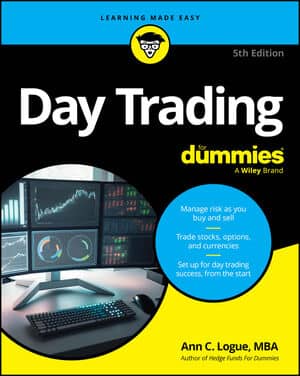Call buying is different from call writing, because it isn’t usually used by traders as a hedge against risk. Instead, call buying is used to make money on stocks that are likely to go up in price.
Call buying is the most common technique used by individual investors, but beware that success in this form of trading requires good stock-picking skills and a sense of timing.
The main attraction of buying call options is the potential for making large sums of money in short amounts of time, while limiting downside risk to only the original amount of money that you put up when you bought the option. Here are two reasons for buying call options:
You expect the stock to rise. ABC stock is selling at $50, and you buy a six-month call, the December 55, at $3. You pay $300 for the position. For the next six months you have a chance to make money if the stock rises in price.
If the stock goes up 10 points, or 20 percent, your option also will rise, and because of leverage, the option will be worth much more. If the price drops below $55 by the expiration date, all you lose is your original $300 if you didn’t sell back the option prior to that.
You expect to have money later and don’t want to miss a move up in a stock. Say, for example, that you expect a nice sum of money in a couple of weeks, and a stock you like is starting to move. You can buy an option for a fraction of the price of the stock. When you get your money, if you’re still interested, you can exercise your option and buy the stock. If you’re wrong, you lose only a fraction of what you would have by owning the stock.
When you buy a call option, you pay for it in full. You have to post no margin.

